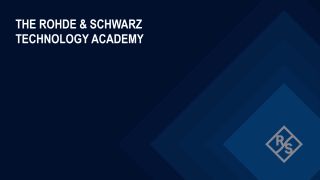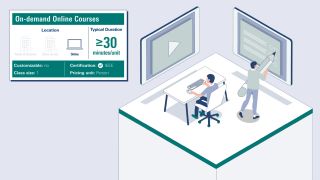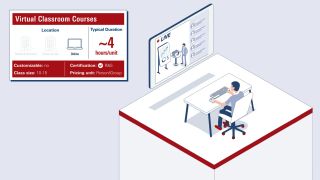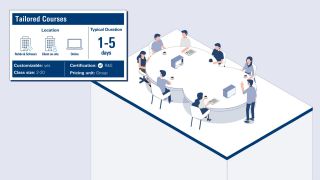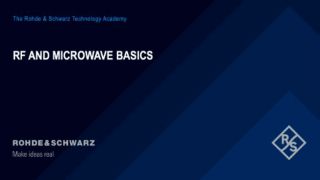신뢰할 수 있는 아카데미
실용적인 지식, 산업에 관한 통찰력, 진정한 전문가. 로데슈바르즈의 테크놀로지 아카데미에서 지금 확인하십시오.
수십 년간 축적해 온 RF 전문 지식과 다년간의 산업 전문성을 보유한 로데슈바르즈는 산업계 제공 훈련 과정 가운데 가장 우수한 기술 훈련 프로그램과 고유한 산업 통찰력을 제공합니다. 오프라인 클래스, 온디맨드 온라인 코스, 가상 교실 교육, 뮌헨의 심장부에 위치한 로데슈바르즈의 최신 교육시설에서 제공되는 맞춤형 교육 등 다양한 형식의 교육 프로그램이 준비되어 있습니다.
로데슈바르즈 테크놀로지 아카데미에서는 업무에 필요한 기술을 개발하고 심도 있는 지식을 축적할 수 있도록 실력과 자격을 인정받은 현직 전문강사를 통해 폭넓고 실용적인 양질의 교육 과정을 제공합니다. 로데슈바르즈의 모든 교육 프로그램은 실제 환경에서 기술을 적용하는 것을 염두에 두고 설계 및 제공됩니다. 수강생은 새로 습득한 지식과 적절한 인증을 업무에 결합하여, 개인과 회사의 생산성을 향상시킬 수 있습니다.
로데슈바르즈는 고객이 새로운 기술, 애플리케이션 및 제품에 대비할 수 있도록 30년 이상 교육 프로그램을 제공해오고 있습니다.




